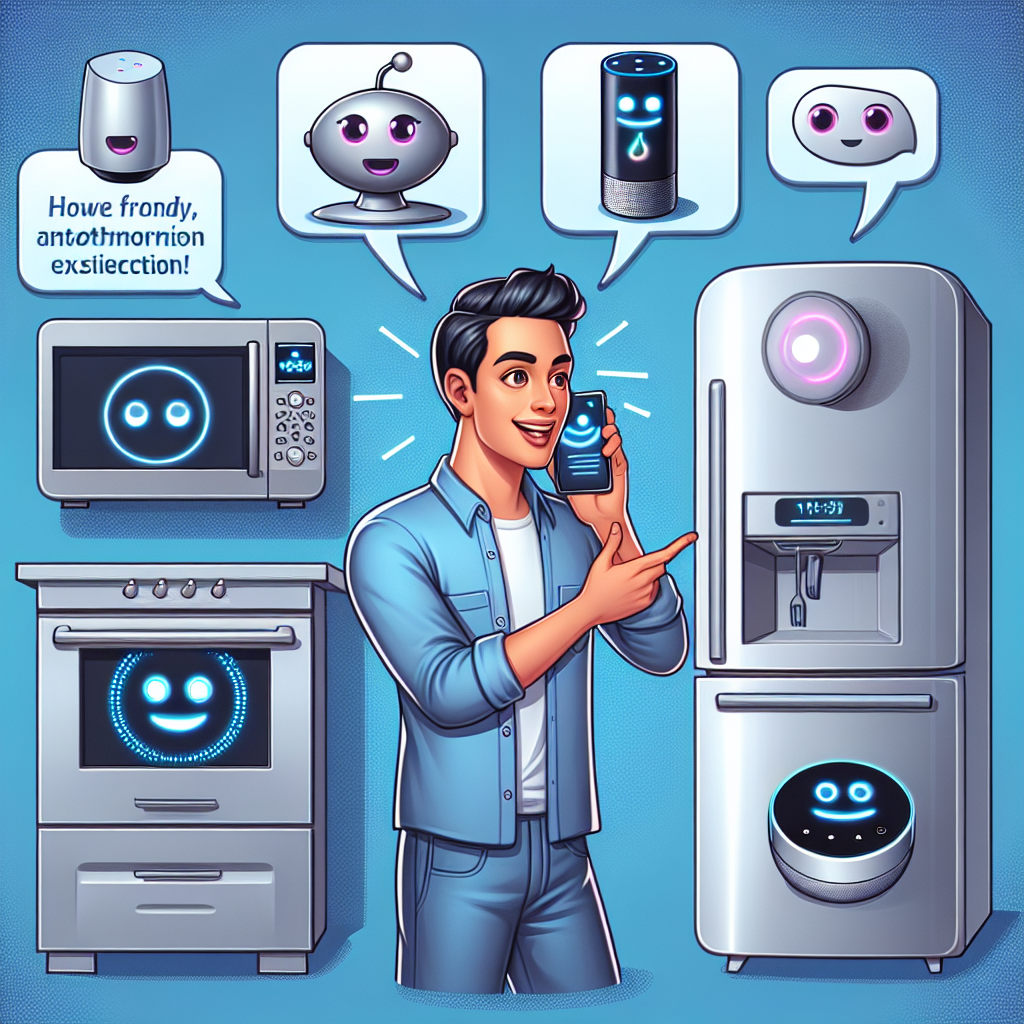Gone are the days when creating software applications required years of coding experience and technical know-how. Today, a quiet revolution is taking place in the tech world, one where teachers, marketers, small business owners, and other non-technical professionals are building sophisticated AI-powered applications that actually work—all without writing a single line of code.
This transformation is largely thanks to the rise of low-code and no-code AI SaaS creation platforms that are democratizing app development in unprecedented ways. These platforms are bridging the critical gap between having a brilliant idea and bringing it to life, empowering virtually anyone to become an app creator.
“I had this idea for an AI customer service assistant for my online boutique but thought I’d need to hire expensive developers,” says Maria, a small business owner who recently launched her own AI chatbot. “With a low-code platform, I built it myself in a weekend. It’s now handling about 70% of my customer inquiries automatically.”
User-Friendly Design: From Idea to App in Record Time
Low-code platforms are revolutionizing how non-technical users approach app development, making the process intuitive and accessible to everyone.
The most revolutionary aspect of today’s AI SaaS creation platforms is their emphasis on user-friendly design. Most platforms feature intuitive drag-and-drop interfaces where users can visually assemble their applications using pre-built components—no coding required. This accessibility is transforming how individual entrepreneurs approach business challenges.
For small businesses and startups operating with limited resources, these platforms offer a game-changing opportunity. Instead of investing tens of thousands of dollars in custom software development, entrepreneurs can now build customized solutions for a fraction of the cost. The rapid development capabilities mean that an idea conceived on Monday can be a working prototype by Friday.
Take Jake, a personal trainer who wanted to create a client management app with AI-powered workout recommendations. “I sketched out my idea and used a low-code platform to build exactly what I envisioned. The customizable components let me design it specifically for fitness professionals. Within three weeks, I had a working app that my clients love.”
These platforms typically offer:
- Pre-built templates for common business applications
- Customizable AI digital workers that can be tailored to specific workflows
- Visual workflow designers that make process automation intuitive
- Connectors to popular business tools and data sources
- Responsive design features that ensure apps work across all devices
The customization options available on these platforms are particularly valuable. Users can tailor applications to their specific industry needs, creating solutions that perfectly align with their unique business processes. This level of personalization was previously only available to companies with dedicated development teams and substantial tech budgets.
AI Integration: The Intelligence Behind User-Friendly Interfaces
AI integration is the key differentiator in modern platforms, bringing advanced capabilities to users without requiring technical expertise.
What truly sets modern low-code platforms apart is their seamless integration of artificial intelligence. Today’s platforms don’t just help users build basic apps—they enable the creation of intelligent applications powered by sophisticated AI capabilities.
These intelligent collaboration features allow non-technical users to incorporate advanced functionalities like:
- Natural language processing for chatbots and virtual assistants
- Predictive analytics to forecast business trends
- Image and document recognition for automated processing
- Personalization engines that adapt to user behavior
- Automated decision-making based on complex rules
For startups and developers looking to streamline operations, the impact of these AI-driven applications on workflow automation cannot be overstated. Tasks that once required manual intervention can now be handled automatically by customizable AI digital workers.
“Our small accounting firm implemented an AI-powered document processing workflow,” explains David, a CPA at a five-person practice. “The system now automatically extracts data from invoices and receipts, categorizes expenses, and flags potential issues for our review. What used to take hours now happens in minutes, allowing us to focus on strategic advisory work instead.”
The technical complexity behind these AI capabilities remains hidden from end users, tucked behind user-friendly interfaces that make implementation as simple as toggling a switch or connecting pre-built components. This abstraction of complexity is what makes these platforms truly revolutionary for non-technical users.
Market Trends: The Growing Demand for Rapid AI Application Development
The market for low-code AI platforms is expanding rapidly as businesses of all sizes recognize their potential for fast, cost-effective application development.
The market for low-code AI platforms is experiencing explosive growth, reflecting the increasing demand for rapid app development and digital solutions across all industries. According to recent projections, by 2025, approximately 70% of new business applications will use low-code/no-code technologies, with the market projected to grow from $7.61 billion in 2021 to an estimated $50 billion by 2028, according to industry research.
This surge is driven by several key factors:
The widening tech talent gap: With skilled developers in short supply and high demand, businesses are turning to low-code solutions to meet their digital transformation needs.
Accelerated digital transformation: The pandemic pushed businesses to adapt quickly, driving adoption of tools that enable rapid development.
The democratization of AI: As AI becomes more accessible, businesses of all sizes want to leverage its potential without specialized AI expertise.
Business agility requirements: Modern markets demand quick adaptation, making traditional development cycles too slow for many business needs.
For small businesses and entrepreneurs, this trend represents an unprecedented opportunity to leverage cutting-edge technology without the traditional barriers to entry. The ability to rapidly develop, test, and deploy AI-powered applications is becoming a crucial competitive advantage in nearly every industry.
“We’re seeing boutique retail shops creating personalized shopping assistants, independent financial advisors building custom client portals, and local service businesses automating appointment scheduling with AI,” notes tech analyst Sarah Chen. “These aren’t just simple websites—they’re sophisticated applications that would have required significant development resources just a few years ago.”
The Future of Work: Democratizing AI SaaS Creation
The democratization of AI SaaS creation is opening new possibilities for innovation, entrepreneurship, and the future of work itself.
As we look toward the future, platforms like Zygote.AI are at the forefront of democratizing AI SaaS creation, making it accessible to everyone regardless of their technical background. The vision is compelling: a world where anyone can build, share, or sell AI products effortlessly, fostering an environment of continuous innovation and collaboration.
Imagine a marketing consultant who creates an AI-powered content generation tool tailored to local businesses, then offers it as a subscription service. Or a teacher who builds a personalized learning assistant that adapts to each student’s needs, then shares it with educators worldwide. These scenarios are not futuristic—they’re happening now, thanks to user-friendly AI tools and accessible platforms.
The implications for workflow automation are profound. We’re moving toward a future where routine tasks across industries can be handled by customizable AI digital workers, freeing humans to focus on creative and strategic work, as explained by IBM’s research on democratizing AI. For example, Zygote.AI has already developed workflows that can autonomously select topics, write content, generate illustrations, perform reviews, and publish promotional articles—all without human intervention.
This revolution in personal use AI products is creating new opportunities for sharing and selling AI products. Early adopters are finding that the applications they build for their own use have market value, opening new revenue streams and business models centered around AI agent technology.
“I initially created my property management workflow automation tool just for my own small portfolio of rental units,” says real estate investor Michael. “When other landlords saw how it worked, they wanted access too. Now I have a subscription business with over 200 users, all built on a low-code AI platform without any programming knowledge.”
The beauty of this democratization is that it doesn’t just benefit individual creators—it accelerates innovation across entire industries. When more minds can contribute to solving problems through technology, we see more diverse, creative, and effective solutions emerge.
Conclusion: A New Era of Creation for All
As AI tools become more accessible to everyone, we’re entering a new era where innovation is limited only by imagination, not technical skills.
The rise of AI SaaS creation platforms represents more than just a technological advancement—it’s a fundamental shift in who can participate in the digital economy. By removing technical barriers, these platforms are unleashing creativity and problem-solving potential that was previously locked away.
For individual entrepreneurs, small businesses, startups, and even technical professionals looking for faster development options, low-code AI platforms offer an irresistible value proposition: build powerful, intelligent applications that meet specific needs without extensive technical knowledge or resources.
As we move forward, the distinction between “tech companies” and “non-tech companies” will continue to blur, a trend highlighted in research on the no-code revolution. When everyone has the ability to create intelligent digital solutions, technology becomes less a specialized field and more a universal toolkit for innovation across all industries.
The future of AI tools is one where accessibility drives creativity, where user-friendly interfaces unlock technical potential, and where the best ideas can come to life regardless of who has them. In this new landscape, the question is no longer “Do you know how to code?” but rather “What problem do you want to solve?”
As Zygote.AI’s philosophy emphasizes, the ultimate goal is to achieve fully automated workflows that require minimal human intervention, revolutionizing how work is done across industries. By making intelligent collaboration and workflow automation accessible to all, we’re not just changing who can build technology—we’re redefining what’s possible when everyone can innovate.
Ready to build your own AI-powered application without coding? The tools are available now—your ideas are the only limit!









